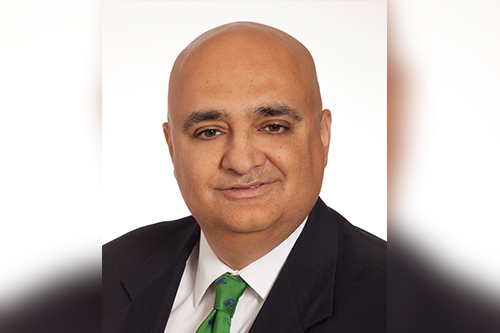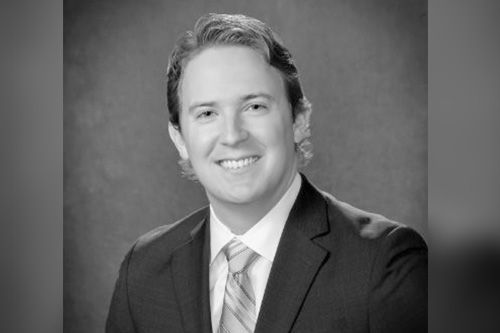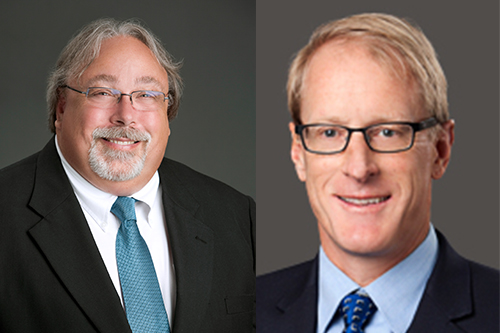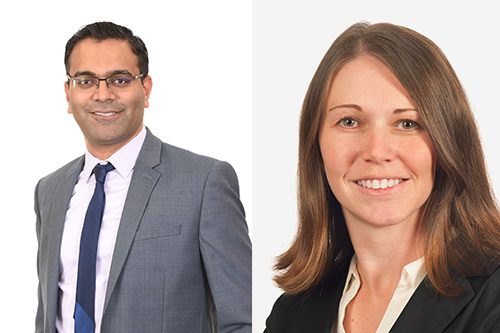

A perfect storm is brewing in the United States. The country is steamrolling toward peak wildfire and hurricane seasons, but the public’s attention is glued elsewhere. The US remains gripped in battle with the COVID-19 pandemic, which has killed more than 166,000 Americans and strong-armed the country’s economy into a slumber. But pandemic or no pandemic, Mother Nature never sleeps. Severe weather events have already struck and will continue to strike the US through 2020, and Americans must be ready.
On August 03, Hurricane Isaias made landfall in North Carolina, causing widespread structural damage and power outages to more than three million people along the Atlantic Coast. Isaias was the second hurricane to make landfall in the US this year and was the earliest ninth named storm on record. According to estimates by catastrophe modeling firm Karen Clark & Company (KCC), the brutal storm caused around $4 billion insured losses in the US and $200 million in the Caribbean. It was a stark reminder that – pandemic or not – the US continues to face traditional weather exposures.

COVID-19 presents some unique challenges for insurers dealing with catastrophic weather events. Ross Bowie (pictured, directly above), head of personal lines at Orchid Insurance, a coast to coast catastrophe property insurer, commented: “One of the questions we’ve been trying to understand is where are the evacuees going to go? I could imagine that hundreds of thousands fleeing a coastal city could present a situation where COVID-19 has the opportunity to spread at a rapid pace. Could you imagine getting sick while having to evacuate your home? It’s a tough situation for all.
“The other aspect we’re trying to understand is how homes will be repaired and claims adjudicated. Most of the resources insurance companies and utility companies use are from out of town. Will they have a place to stay? And how will we control the spread of COVID-19? These are all questions we need to find answers to.”
As detailed in the IBA Natural Catastrophe Report 2020, hurricanes aren’t the only natural peril the US must contend with. As climate variations impact the frequency and intensity of weather events, the country is also contending with longer and more frequent heatwaves, more erratic rain patterns, and a general uptick in secondary perils like wildfires, tornadoes and flooding. All of these weather events are exacerbated by economic and demographic development. As more homes are built in exposed areas like flood plains and the wildland-urban interface, the risks are only increasing.
On the topic of wildfire, Dr. Tom Jeffery (pictured, below left), principal and senior hazard scientist for CoreLogic Spatial Solutions, and Tom Larson (pictured, below right), content strategy principal for CoreLogic Insurance and Spatial Solutions, commented: “Residential properties in the western US are often located near areas that are high risk for wildfire activity. The wildland-urban interface and intermix areas are where those threats are most often immediate.
“Since there is no possibility of eliminating wildfire activity and responders cannot possibly extinguish all wildfires before they encroach upon homes, homeowner mitigation goes a long way towards reducing the threat. The beneficial effects of mitigation are compounded when entire communities are involved and not just scattered individual properties. More buy-in from homeowners and communities that results in maximizing mitigation is going to be the key to effectively reducing wildfire risk in the future.”

The insurance industry plays a vital role in strengthening global resilience against severe weather perils – and its influence is not limited to insurance and reinsurance risk transfer. Munich Reinsurance US flood experts - Dr. Raghuveer Vinukollu (pictured below left), natural catastrophe solutions lead; Sanjay Mehrotra (pictured top), senior vice president and strategic products natural catastrophe solutions manager; and Serena Garrahan (pictured below right), vice president and inland flood product manager – explain the importance of multi-stakeholder collaboration when building flood resilience in IBA’s Natural Catastrophe Report 2020.

“For the peril of flood, not only does the protection gap exist at the homeowner level, the gap is also significant at the public entity level with regards to insuring public buildings and infrastructure. One of the key factors for resilience of a community is dependent on the take-up rate of insurance by property owners. With the single-digit number insurance take-up for flood, there exists not only a need but also a potential opportunity for the insurance industry to play a vital role in the recovery of a community after an event.
“While the private-market options clearly outweigh the NFIP ones in terms of the benefits – policy coverage options, etc. – the industry and local stakeholders should work together to communicate to communities the growing flood risk, to mitigate and adapt to the warming climate, and work collectively on risk transfer options that fit the specific needs of the community.”
